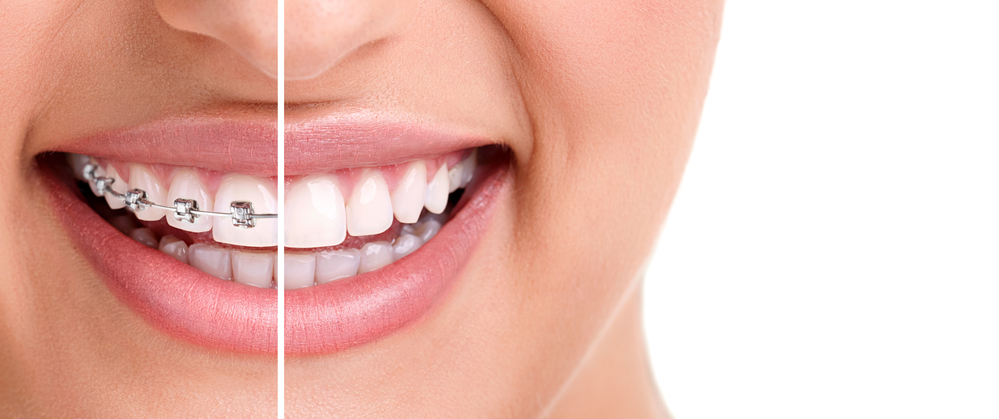
Orthodontic braces can correct many issues within the alignment of the upper and lower jaws, in addition to remedying spacing between the teeth. They may also be the best thing that has ever happened to your child! Time, money, and effort you invest in orthodontic treatment for your kids will result in a lifetime of improved dental health, and of course, the gift of your child being confident in their smile throughout their lifetime.
A Better Bite
One of the fundamental goals of orthodontic treatment is to correct crooked teeth; however, braces are also used to correct poorly aligned bites. A “bite” Is the dental term for how your upper and lower teeth fit together. When you have gaps in your bite from missing teeth or poor alignment, it can impact the ability to break down food while eating. A critical piece of a person’s overall health is healthy digestion. A poorly aligned bite can affect one’s ability to chew correctly and even to enjoy certain foods.
If left untreated, a misaligned bite can become painful as your jaw has to work harder to chew. This frequently results in lockjaw, TMJ disorder, and jaw pain related to headaches, all of which may require complicated dental and medical treatment in the future.
Improved Alignment of the Jaw
Overcrowded teeth or jaw misalignment can frequently lead to speech impediments. Orthodontic treatment can assist in addressing both jaw and palate alignment that cause children to struggle with speech. As a part of the orthodontic treatment, a palate expander may be necessary to widen the palate before braces can be applied.
Expanding a child’s pallet can also result in better breathing, less snoring, and potentially improved ear and sinus issues that are a result of jaw misalignment as well. In fact, proper jaw alignment can change a child’s looks by bringing their face into appropriate proportions.
Easier Oral Hygiene Habits
It is a proven fact that crowded and misaligned teeth are harder to clean. Parts of a tooth may be hiding behind another, making proper brushing and flossing almost impossible. When teeth cannot be adequately cleaned, bacteria can quickly build-up leading to gum disease and cavities. By straightening crowded teeth, quality brushing and flossing will be naturally improved.
Proper oral hygiene habits include brushing twice a day, using mouthwash, and flossing daily. For patients with braces, the need for excellent oral care becomes even more imperative to prevent bad breath, gum disease, and teeth stains. With braces, exceptional care needs to be taken when cleaning around brackets and wires. Along with regular visits to the dentist, braces can significantly improve a child’s oral health.
Improved Overall Confidence
Confidence has been shown to lead to a more successful overall life. When people hide their smile due to embarrassment or a lack of confidence in the way their teeth look, they are less likely to take risks. From going for a promotion at work to having the courage to ask somebody out on a first date, people naturally feel more confident when they feel good about their teeth.
Decreased Risk of Periodontal Disease
Straighter teeth as a result of braces also means you are less likely to contract periodontal disease. Periodontal disease, or gum disease, is caused by bacterial infections that attack the gums, weakening your teeth, and even damaging the tooth roots and jaw bone. Your gums have a more secure grip on your teeth when they have proper tooth alignment, so there is less space for bacteria to get into your gums.
Reduced Overall Health Risks
Your child’s oral health will not be the only area of improvement. The same infection associated with periodontal disease can spread and lead to heart disease, stroke, and pneumonia. Periodontal disease can also be problematic during pregnancy or if you have diabetes. When you reduce your risk of periodontal disease, you can also reduce the likelihood of having other health-related issues.
How To Know If Your Child Needs Braces
The American Association of Orthodontics recommends that children receive their first orthodontic screening no later than by age seven. By this time, it will be apparent if a child has any malocclusions, or jaw alignment issues in which the upper and lower Jaws are not the same size. Earlier and orthodontic evaluation happens, the quicker we can determine if braces will be necessary and what treatment plan is best for your child.
Call Thomas Orthodontics today to learn more about the benefits of braces if you are ready to start orthodontic treatment for your child or yourself.





